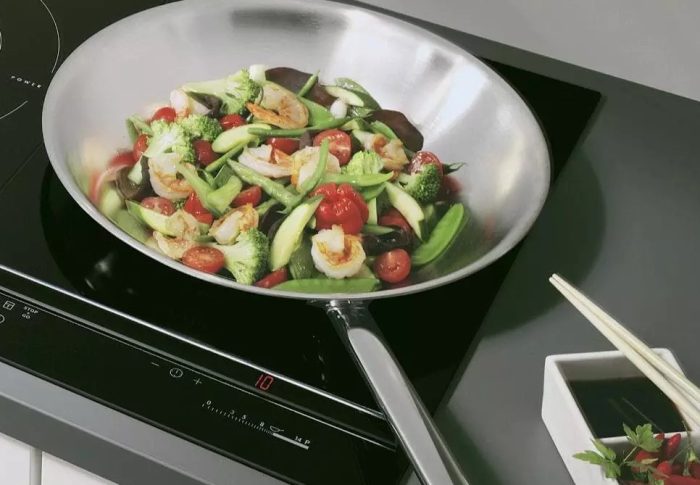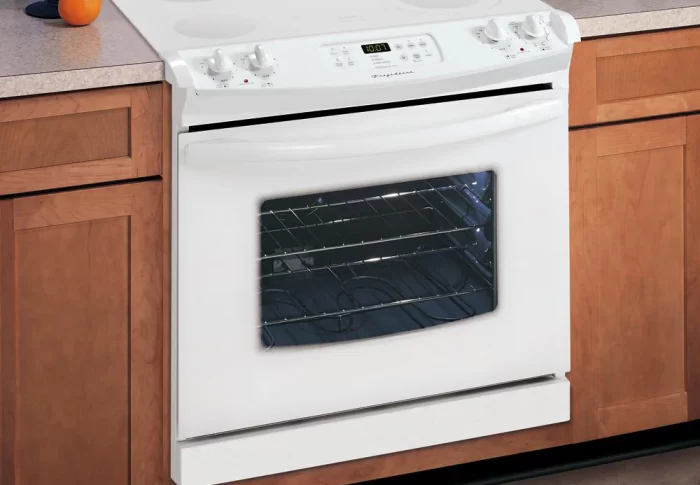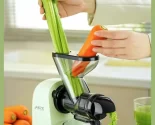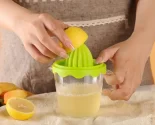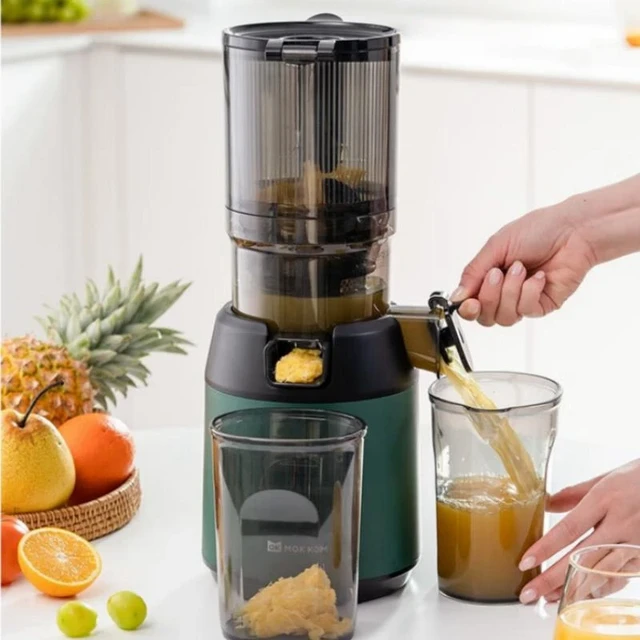
How to Juice Without a Juicer: What Are Effective Alternatives?
Introduction:
Juicing offers numerous health benefits, from boosting immunity to providing essential vitamins and minerals. However, not everyone has a juicer at home. Fortunately, there are several effective methods for juicing without a juicer. By using kitchen tools you may already have, such as blenders, strainers, and hand juicers, you can create fresh, nutritious juice. This guide explores these alternatives in detail, ensuring you can enjoy the benefits of juicing without a specialized appliance.

How to Juice Without a Juicer:
What Are Effective Alternatives?
Using a Blender:
How Can You Juice with a Blender and Strainer?
A blender is a versatile kitchen tool that can help you make juice efficiently.
Blender Basics:
Preparation Steps:
Start with Clean Tools: Begin by ensuring your blender and all utensils are clean. Wash the fruits and vegetables thoroughly to remove any dirt or pesticides.
Chopping Ingredients: Cut your fruits and vegetables into smaller pieces to help the blender process them more easily. This step speeds up blending and produces a smoother consistency.
Blending Process:
Creating the Mixture:
Add Ingredients: Place the chopped fruits and vegetables into the blender. Add a small amount of water to aid in blending if needed, but keep it minimal to maintain a concentrated juice flavor.
Blend Until Smooth: Blend the mixture on high until it reaches a smooth, thick consistency. Depending on the power of your blender, this might take 1-2 minutes.
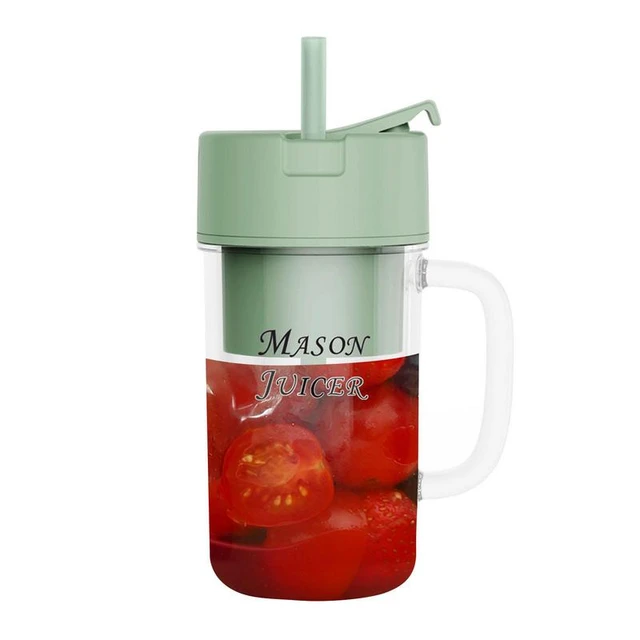
Straining the Juice:
Separating Pulp:
Using a Strainer: Pour the blended mixture through a fine-mesh strainer or cheesecloth into a large bowl. This step separates the juice from the pulp.
Pressing Extract: Use a spatula or the back of a spoon to press the pulp against the strainer, extracting as much juice as possible. If using cheesecloth, gather the edges and twist to squeeze out the juice.
Serving and Storage:
Final Touches:
Season and Serve: Taste the juice and adjust sweetness or acidity if desired by adding a bit of honey, lemon juice, or other flavorings. Serve immediately for the freshest taste.
Refrigerate Leftovers: Store any leftover juice in an airtight container in the refrigerator. Freshly made juice is best consumed within 24-48 hours to retain its nutritional benefits.
Manual Juicing Methods:
What Hand Tools Can You Use to Juice Fruits and Vegetables?
If you prefer a hands-on approach, several manual tools can help you juice effectively.
Citrus Juicer:
Best for Citrus Fruits:
Juicing Citrus: A simple citrus juicer works well for juicing lemons, limes, oranges, and grapefruits. Cut the fruit in half, place it on the juicer, and press down to extract the juice. For more juice, twist the fruit while pressing.
Lemon Squeezer: A hand-held lemon squeezer is another excellent tool for citrus fruits. It works by placing half a citrus fruit in the squeezer and pressing the handles together.
Handheld Juicer:
Versatile Juicing:
Juicing Non-Citrus Fruits: A handheld juicer, also known as a manual press juicer, can handle a variety of fruits and vegetables. Place the chopped pieces between the pressing plates and squeeze to extract the juice.
Strength and Effort: Manual juicers require some physical effort and strength, especially for harder vegetables like carrots. This method may be more labor-intensive but provides a more controlled juicing process.
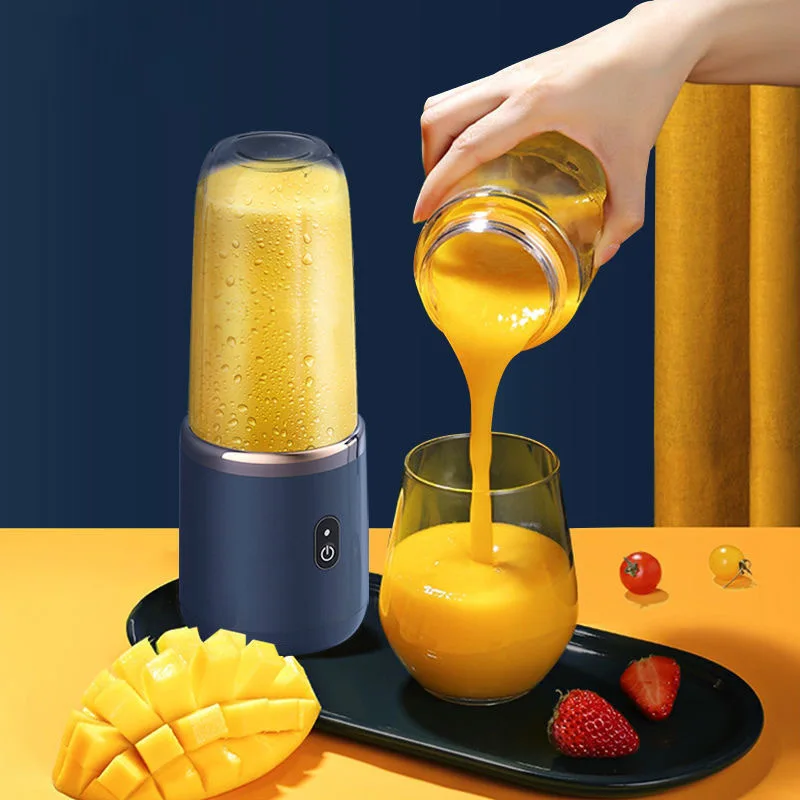
Mortar and Pestle:
Traditional Method:
Maceration Technique: For softer fruits, a mortar and pestle can be used to macerate (crush) the fruit, releasing its juice. Place the fruit pieces in the mortar and gently grind them with the pestle until the juice is extracted.
Strain and Serve: After macerating, strain the mixture through a fine-mesh strainer or cheesecloth to separate the juice from the pulp.
Food Processor:
How Can You Use a Food Processor to Make Juice?
A food processor can also be a useful tool for juicing, especially with tough vegetables.
Preparation Steps:
Prepping Ingredients:
Chop and Prep: Similar to using a blender, chop your fruits and vegetables into smaller pieces to ensure even processing. Remove seeds and cores as necessary.
Processing Technique:
Create Pulp:
Puree Ingredients: Add the chopped fruits and vegetables to the food processor and pulse until they form a fine pulp. Ensure the mixture is evenly processed with no large chunks remaining.
Straining Process:
Extracting Juice:
Strain Pulp: Transfer the pulp to a fine-mesh strainer or cheesecloth over a bowl. Press or squeeze to extract the juice, using a spatula or spoon to help if needed.
Mix and Adjust: Combine the strained juice in a large bowl, tasting and adjusting the flavor as necessary. Sweeten or dilute with water, honey, or lemon juice based on preference.
Mason Jar Method:
How Can You Use the Mason Jar Shaking Technique for Juicing?
If you don’t have a blender or food processor, the mason jar method offers a simple alternative.
Preparation and Ingredients:
Simple Setup:
Cut and Prep: Chop your fruits and vegetables into small, manageable pieces. Place them directly into a large mason jar.
Adding Liquids: Add a small amount of water or juice to the jar to assist in the juicing process, just enough to cover the ingredients slightly.
Shaking Process:
Manual Mixing:
Vigorous Shaking: Seal the mason jar tightly and shake vigorously for several minutes. This movement helps break down the fruits and vegetables, releasing their juice.
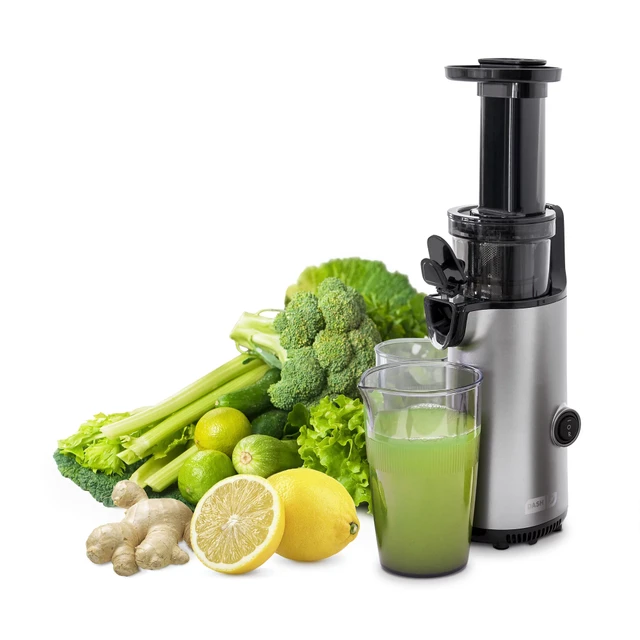
Straining Juice:
Separating Pulp:
Strain the Mixture: Pour the contents of the jar through a fine-mesh strainer or cheesecloth into another container to separate the juice from the pulp.
Repeat if Necessary: For a more concentrated juice, you may need to repeat the shaking and straining process.
Benefits of Juicing Without a Juicer:
What Are the Advantages?
Juicing without a juicer offers several benefits that may surprise you.
Cost Efficiency:
Budget-Friendly:
Save Money: By using existing kitchen tools, you avoid the expense of purchasing a new juicer. This method is particularly advantageous for those who juice occasionally.
Ease of Use: Most people are already familiar with using blenders, strainers, and similar tools, making the process straightforward without needing to learn a new device.
Nutrient Retention:
Health Aspects:
Fiber Inclusion: When blending and then straining, more of the fruit or vegetable’s fiber remains. You can choose to include more or less fiber based on your straining technique, benefiting digestion.
Customizable Recipes: Without a juicer, you have greater flexibility in adjusting the consistency and flavor of your juice by altering blending times and straining methods.
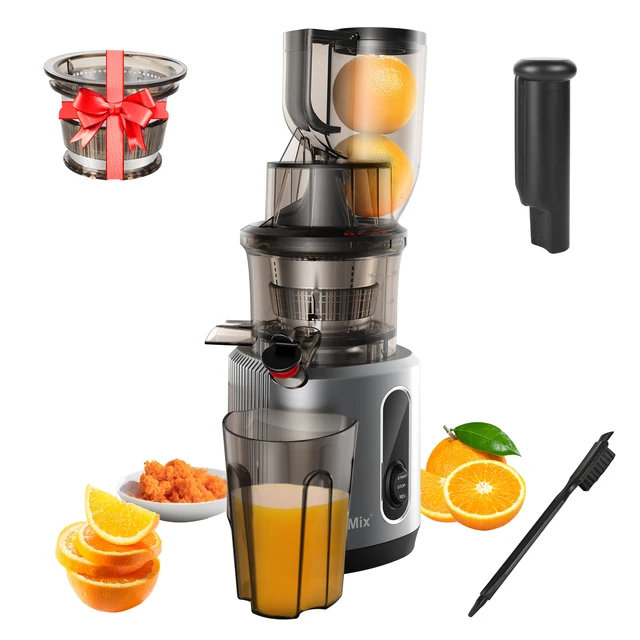
Drawbacks and Considerations:
What Are the Potential Downsides to Juicing Without a Juicer?
Despite the advantages, there are also some considerations to keep in mind.
Time Consumption:
Longer Process:
Manual Effort: Juicing without a juicer can be more labor-intensive and time-consuming. Processes like straining and shaking require additional steps and physical effort.
Clean-Up: The use of multiple tools, such as blenders, strainers, and containers, may result in a messier kitchen and longer clean-up time.
Consistency and Texture:
Quality Control:
Variable Texture: Juices made without a juicer may have a different consistency, sometimes retaining more pulp and fiber than those made with a commercial juicer.
Fine Straining: Achieving a smooth, pulp-free juice requires effective straining. Fine-mesh strainers or multiple layers of cheesecloth work best to achieve a desirable texture.
Conclusion
Juicing without a juicer is entirely feasible using common kitchen tools like blenders, strainers, and hand juicers. By following the methods outlined above, you can enjoy fresh, nutritious juice without the need for specialized equipment. While the process might be slightly more labor-intensive, the benefits of cost savings, nutrient retention, and ease of customization make it a worthwhile endeavor. Whether you choose the blender and strainer method, manual juicing tools, or innovative techniques like the mason jar method, you can achieve delicious and healthful results right from your kitchen.


